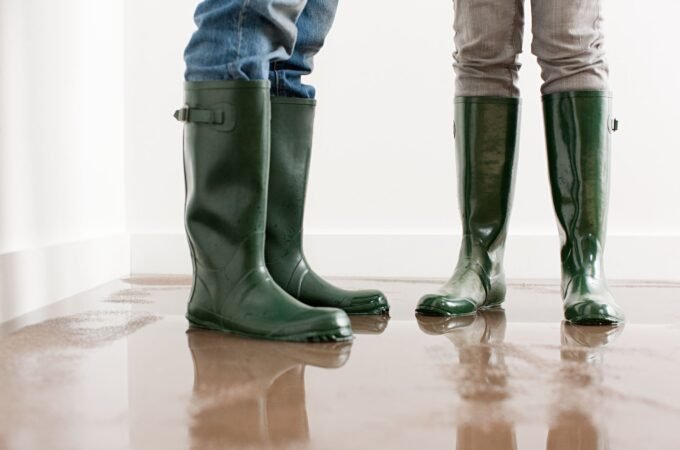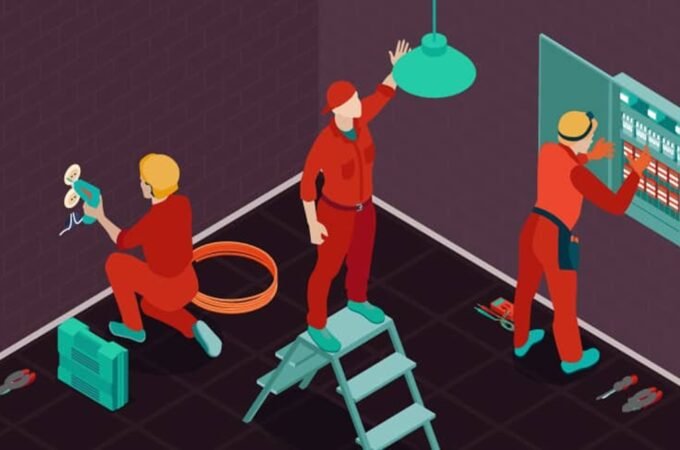
6 Telltale Signs of Uneven Concrete Surfaces
Concrete surfaces may be found everywhere in our surroundings, including industrial floors and sidewalks. For the sake of both appearance and use, it is imperative that these surfaces are level and secure. This article will explore six telltale signs of uneven concrete surfaces that you should be aware of.
Table of Contents
Toggle1. Cracks and Potholes
Cracks and potholes in concrete surfaces are clear indicators of unevenness and damage. A number of things, such as earth sinking and the use of inferior building materials, might cause these problems. Cracks may develop due to the concrete’s natural expansion and contraction with temperature variations or exposure to heavy loads. Potholes, often found on roadways, result from the wear and tear of vehicular traffic and water infiltration, leading to erosion beneath the surface. It is imperative to promptly rectify these flaws in order to stop more harm and safety risks. Repairs may involve sealing cracks or patching and resurfacing potholed areas, with a focus on identifying and rectifying the root causes to ensure long-lasting concrete surfaces.
2. Water Pooling
An uneven concrete surface can result in water pooling, which poses several issues for both residential and commercial properties. When water collects in low-lying areas due to unevenness, it can create puddles and drainage problems, especially during rainy seasons. These pools of water not only create slip hazards but can also lead to water damage and erosion over time. Water pooling on concrete surfaces, such as driveways, walkways, or patios, can compromise their structural integrity and aesthetics. To rectify this issue, leveling the concrete to ensure proper drainage is crucial. This can involve resurfacing the concrete or adjusting the slope to redirect water away from the pooled areas. By addressing water pooling promptly, you can enhance safety, prevent damage, and maintain the longevity of your concrete surfaces.
3. Trip Hazards
Uneven sections of concrete, commonly found on sidewalks and walkways, can pose significant trip hazards. These trip hazards can result in accidents and injuries, making them not only dangerous but inconvenient as well. When the surface of concrete becomes uneven due to settling, erosion, or other factors, it creates abrupt changes in elevation that are difficult to detect, particularly for pedestrians. This poses a risk to anyone walking across the affected areas, as they may stumble, trip, or even fall, leading to injuries like sprains, fractures, or abrasions. Addressing trip hazards is essential to maintain safety and prevent potential liabilities. Repairing or leveling the concrete in these areas can eliminate the risk and ensure smooth and safe passage for pedestrians. By addressing these trip hazards promptly, property owners can help prevent accidents and maintain the integrity of their concrete surfaces.
4. Surface Erosion
Surface erosion is a common issue associated with uneven concrete surfaces, particularly when subjected to heavy foot traffic or the weight of vehicles. Over time, such conditions can lead to the erosion of the concrete surface, resulting in a rough, uneven texture. Surface erosion can create an unattractive appearance and may impact the concrete’s functionality. To address this problem, consider concrete leveling in Kansas City. Professionals will ensure the evenness of the surface and prevent further erosion. By addressing the issue promptly, property owners can maintain the integrity and aesthetics of their concrete structures, ensuring they remain safe and functional for various purposes.
5. Crumbling Edges
Crumbling or chipping along the edges and corners of concrete surfaces is a common issue associated with uneven concrete. When a concrete surface is not level, its edges and corners often bear the brunt of wear and tear, deteriorating more quickly. This can lead to the concrete crumbling or chipping, compromising the structural integrity of the surface. This not only takes away from the concrete’s beauty, but it also raises the possibility of safety issues. By addressing the issue promptly, they can ensure that their concrete structures remain structurally sound and aesthetically pleasing.
6. Uneven Tire Wear
Uneven tire wear caused by uneven concrete surfaces is a significant concern, especially on driveways or industrial floors. When vehicles traverse uneven concrete, the tires experience varying levels of stress and contact, leading to uneven wear patterns. This uneven tire wear doesn’t just impact the vehicles themselves; it can also have safety implications for those using them. For example, in industrial settings, uneven tire wear can affect the stability and control of heavy machinery, potentially resulting in accidents or damage to the equipment. This not only promotes safer conditions but also extends the life of the vehicles and equipment using these surfaces.
Conclusion
Identifying signs of uneven concrete surfaces is essential for maintenance and safety. Whether it’s addressing cracks, puddles, trip hazards, erosion, or crumbling edges, recognizing these issues can prevent costly repairs and ensure that your concrete surfaces remain safe and functional. The best defense against these obvious indications of unevenness is routine inspections and sound maintenance.

Benjamin Ortiz is a digital marketing expert. He currently runs an SEO agency and a survival gear review blog.





